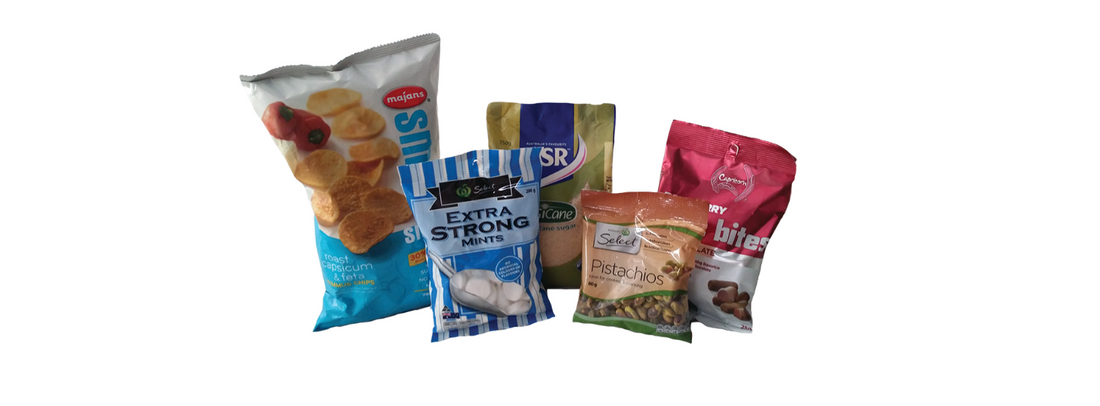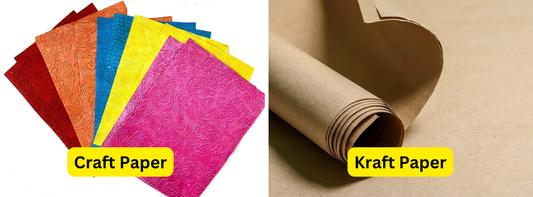Pillow pouches are a popular, flexible packaging option for various industries, thanks to their versatility and convenience. Known for their distinctive, pillow-like shape, these pouches are a go-to solution for brands seeking an efficient, cost-effective way to package products. In this article, we'll explore the benefits, materials, and applications of pillow pouches, helping you understand why they're ideal for both retail and sustainability goals.
- Optimizing Packaging with Side Gusset Pouches: A Modern Solution for Your Products
- Stand Up Pouches: The Versatile, Eco-Friendly Packaging Solution for Every Industry
Understanding Pillow Pouches in Packaging
What is a Pillow Pouch?
A pillow pouch is a lightweight, flexible packaging solution with a unique, pillow-like shape. It consists of three sides sealed with a top and bottom seam, making it easy to store and display. This shape also allows for a high degree of customization, allowing brands to design packages tailored to specific products.
Common Uses of Pillow Pouches
Pillow pouches are commonly used for packaging products like snacks, powdered goods, and household items. Their adaptable design makes them suitable for a wide range of applications, from food and beverage to health, wellness, and household products.
Benefits of Using Pillow Pouch Packaging
Cost-Effective and Lightweight Design
One of the main advantages of pillow pouches is their lightweight structure, which reduces material costs and shipping expenses. For companies looking to optimize their logistics and lower their environmental impact, pillow pouches are an economical choice.
Convenient and Easy-to-Store Shape
The compact design of pillow pouches makes them easy to store and display, maximizing shelf space for retailers. Their simple structure ensures hassle-free handling, improving the efficiency of retail and storage operations.
Sustainability Benefits
KimEcopak’s pillow pouches are crafted with eco-friendly materials, offering both biodegradable and recyclable options. These pouches help brands reduce their carbon footprint and align with sustainability goals, appealing to eco-conscious consumers.

Eco-Friendly Materials for Pillow Pouches
Compostable Materials
Compostable materials like polylactic acid (PLA) are used in pillow pouches to create packaging that decomposes naturally. This minimizes landfill waste, supporting a circular economy while protecting the environment.
Recyclable Films
Recyclable films, such as polyethylene (PE) and polyethylene terephthalate (PET), are used in pillow pouches for a sustainable, recyclable packaging solution. These materials are easy to recycle, making them a popular choice for brands focused on reducing plastic waste.
Bioplastic and Plant-Based Alternatives
Pillow pouches can also be made from bioplastics and plant-based materials, like corn starch, which reduce reliance on petroleum-based plastics. These renewable resources further the cause of sustainability while maintaining durability and flexibility in packaging.
Key Features of Pillow Pouches
Sealability and Protection
Pillow pouches provide a secure, airtight seal that protects contents from moisture and contaminants. This makes them ideal for products with specific freshness requirements, such as food and beverages.
Customizable Print Options
With a range of print and branding options, pillow pouches offer brands a way to stand out on shelves. Whether it's vibrant graphics, clear labeling, or unique finishes, customization helps brands make a memorable impression.
Resealable and Single-Use Options
Pillow pouches come with various closure mechanisms, from resealable zippers to single-use options, depending on the product's needs. This flexibility makes them suitable for both disposable and multi-use applications.

Popular Uses for Pillow Pouches Acros
s Industries
Food and Beverage Industry
Pillow pouches are widely used for snacks, cereals, and powdered goods, keeping products fresh while ensuring easy storage and handling.
Health and Wellness Products
For health and wellness products like supplements, powders, and personal care items, pillow pouches offer a convenient, protective packaging solution that maintains product integrity.
Retail and Household Goods
Beyond food, pillow pouches are also suitable for non-food items, including electronics, toiletries, and household items, making them versatile for retail packaging.
How to Select the Best Pillow Pouch Packaging
Assessing Product Needs and Protection Requirements
When choosing pillow pouch packaging, consider factors like moisture and oxygen barrier properties and shelf life requirements. These factors help ensure the packaging provides the necessary protection for the product.
Prioritizing Sustainability Goals
Sustainability is a key factor for many brands today. Selecting eco-friendly materials that meet environmental goals, such as recyclable or biodegradable options, can enhance brand reputation and appeal to conscious consumers.
Design and Branding Options
Consider a pouch design that aligns with your brand image, including colors, finishes, and labeling options. A well-designed package not only protects your product but also reinforces brand recognition.
Conclusion
Pillow pouches are an adaptable and eco-friendly packaging solution that serves a wide variety of industries, from food and beverages to health and retail. With the benefits of lightweight, cost-effective design, easy storage, and sustainable materials, pillow pouches are an ideal choice for brands looking to improve both packaging efficiency and environmental impact. Explore KimEcopak’s eco-friendly pillow pouch options to find the best solution for your packaging needs or reach out for personalized assistance.









